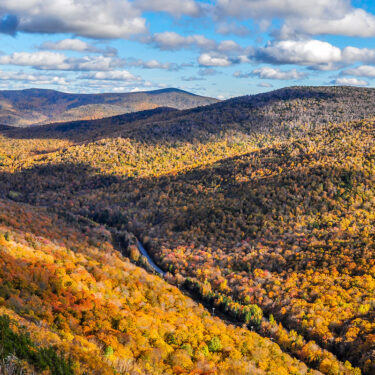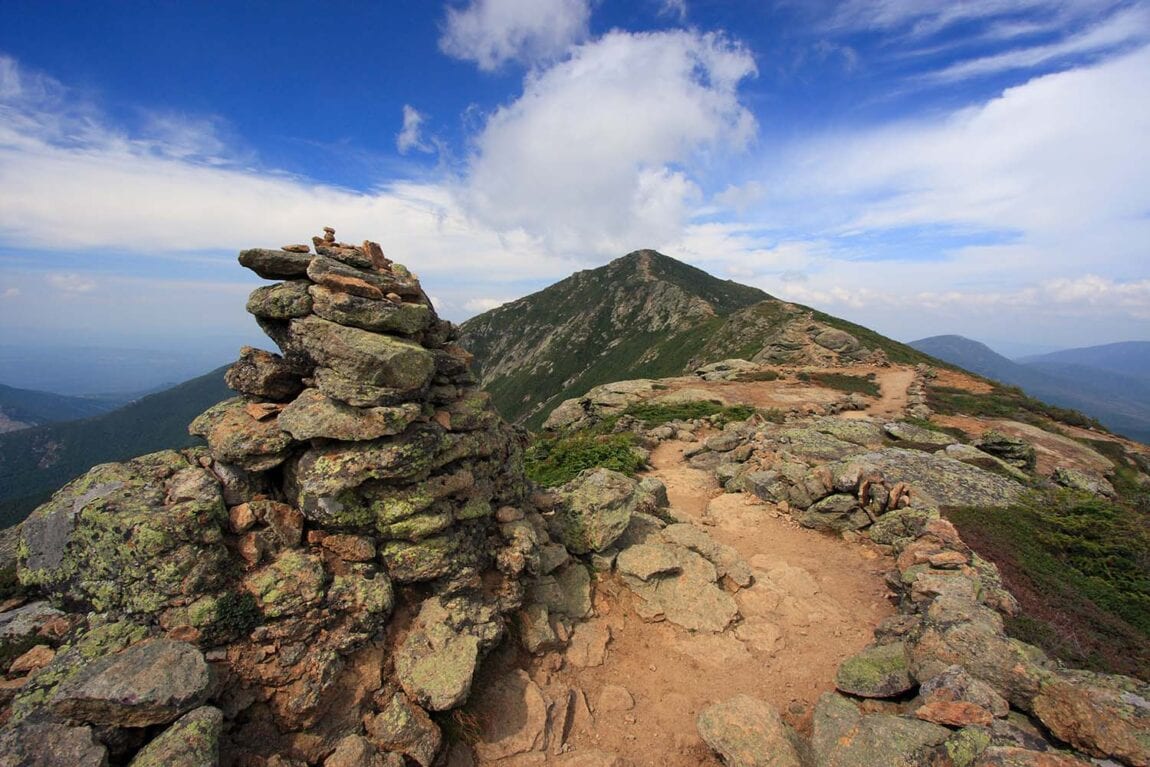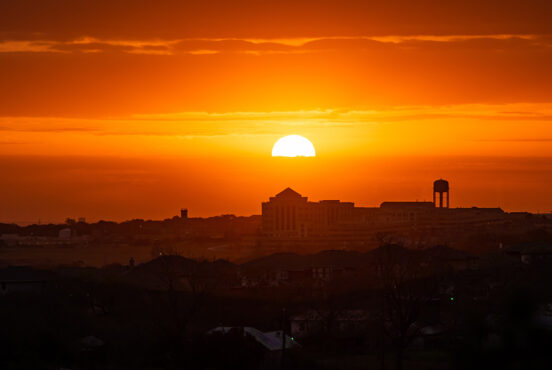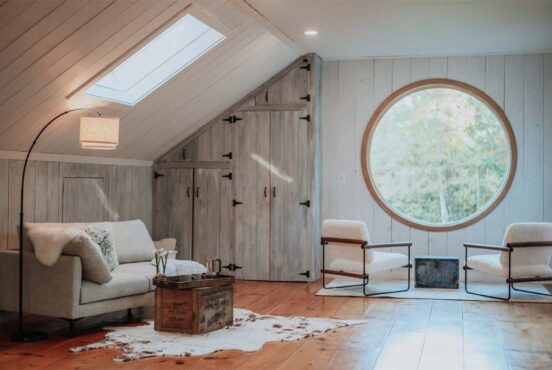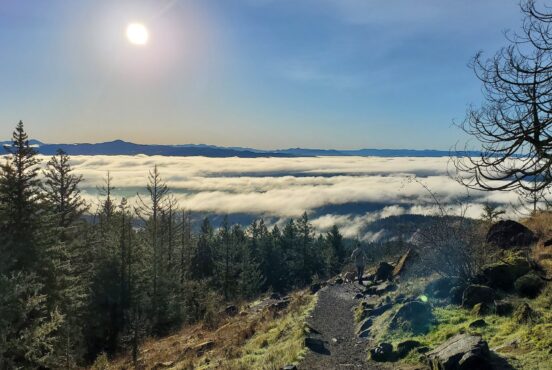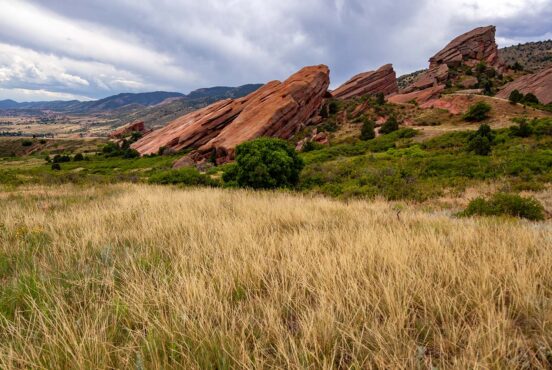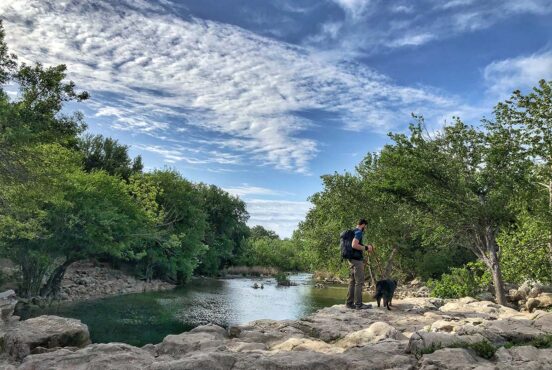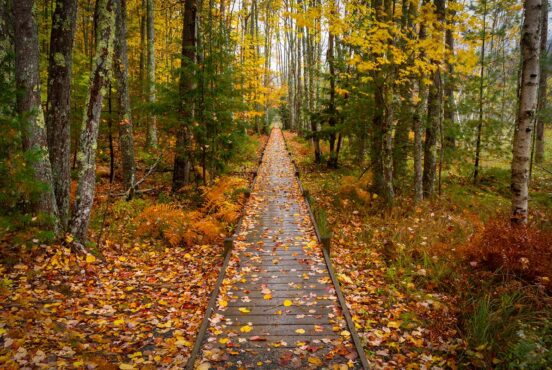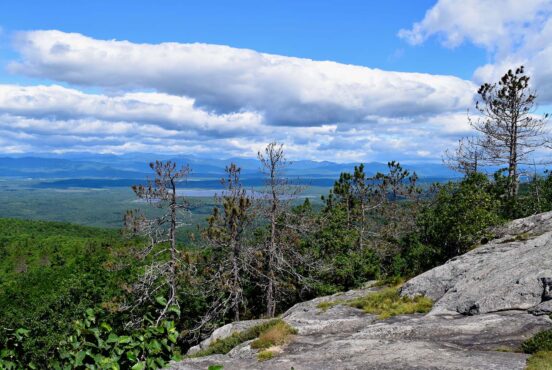Let’s face it, most folks visit New Hampshire for the White Mountains, and there’s a good number of reasons to do so yourself.
New Hampshire has plenty of great hikes across the state, but none really compare to the ones in the White Mountains. White Mountain National Forest is home to some of the best hiking in the country. I’ve lived in Colorado and the Pacific Northwest and I can say with a hundred percent certainty that the Whites are the best.
It doesn’t matter if you hike in the winter or the busy fall season, the White Mountains are always stunning. But because of their beauty, it also means that others enjoy those views too. Don’t expect to get a lot of seclusion on the trails, especially if you’re hiking one of the four-thousand-footers. But all the hikes on this list are so stunning, they’re definitely worth sharing with so many others.
Related read: The Ultimate Fall Color Guide for the White Mountains, New Hampshire
First, A Word About Hiking the Whites
Although not every hike in the White Mountains is above treeline, many are, including all the four thousand footers, so hiking in alpine conditions is a possibility. Here are a few things to keep in mind:
- If this is the first time you are hiking in the White Mountains, start with a novice hike. Do not try to hike the Presidential Traverse for your first go. Instead, opt for one of the shorter hikes with much less elevation gain to get a strong foothold for the area.
- Be prepared to turn around, especially in case of hazardous weather conditions. Make sure to keep an eye on the forecast from the Mount Washington Observatory and always carry the ten essentials of hiking.
- Purchase a Hike Safe card. If you are injured or need assistance getting off a trail, you won’t have to pay the cost of your rescue. For $25 for an individual and $35 for a family for the entire year, it’s well worth it!
- Remember to follow trail etiquette including keeping your dog on a leash when required.
- As with most hikes, please Leave No Trace and carry out what you carry in to keep the beauty of this national forest alive.
Lost River Gorge
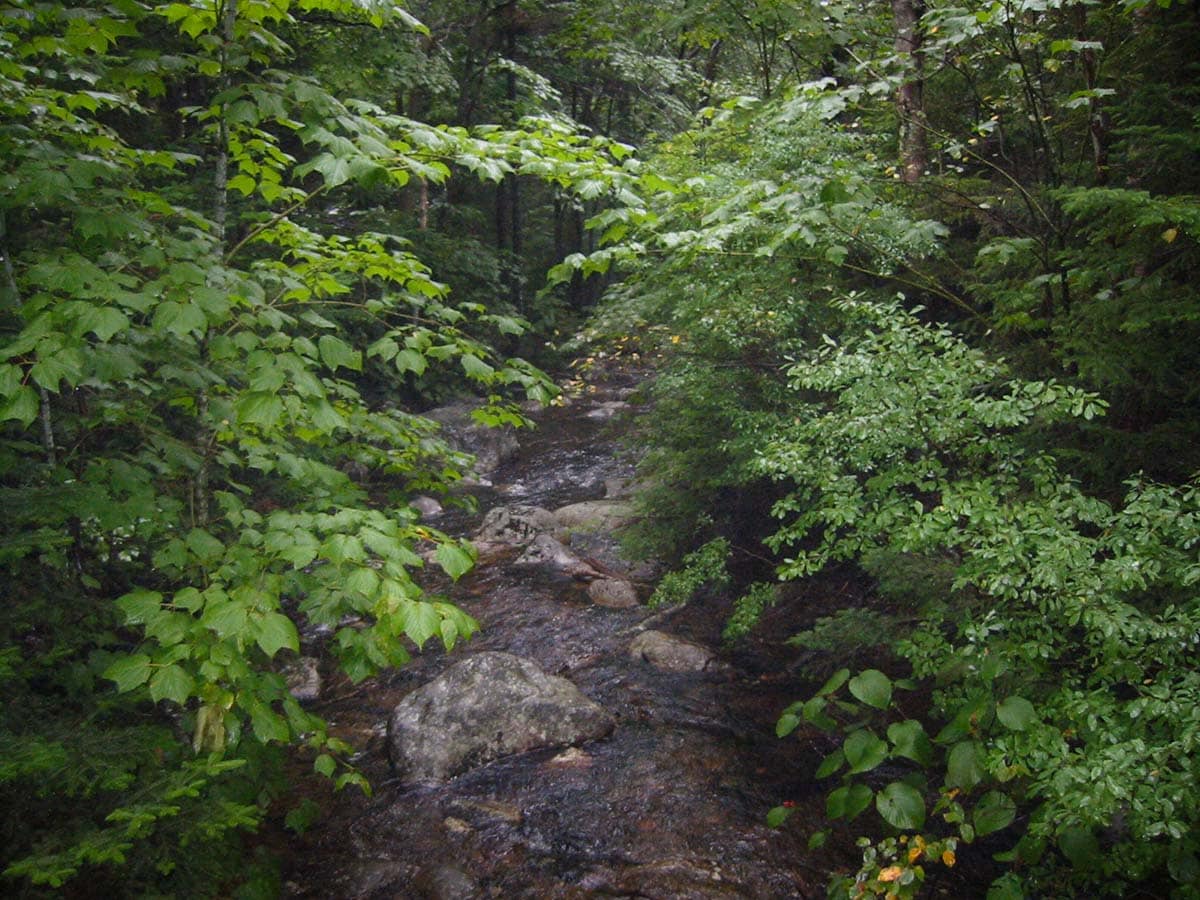
Why you should go: There’s a cave you can crawl through called the “Lemon Squeezer” which is only 16 inches wide.
- Difficulty: Easy
- Length: 1.0 mile
- Elevation gain: 170 feet
The trail along the Lost River Gorge and Boulder Caves is one for the books. Despite the trail being only one mile, there are over a thousand steps throughout, meaning wheelchairs and strollers will not do well here. The wooden boardwalk leads you through the gorge and traverses 11 separate caves. Fortunately, if you are not able to squeeze through the caves or are claustrophobic, every cave has a bypass trail so you can meet your party at the other end.
Pro tip: the trail is only open in the spring, summer, and fall months, so be sure to check out their website to see when they are open.
Related Read: 6 Backpacking Trips in the White Mountains That are Unforgettable
Franconia Ridge
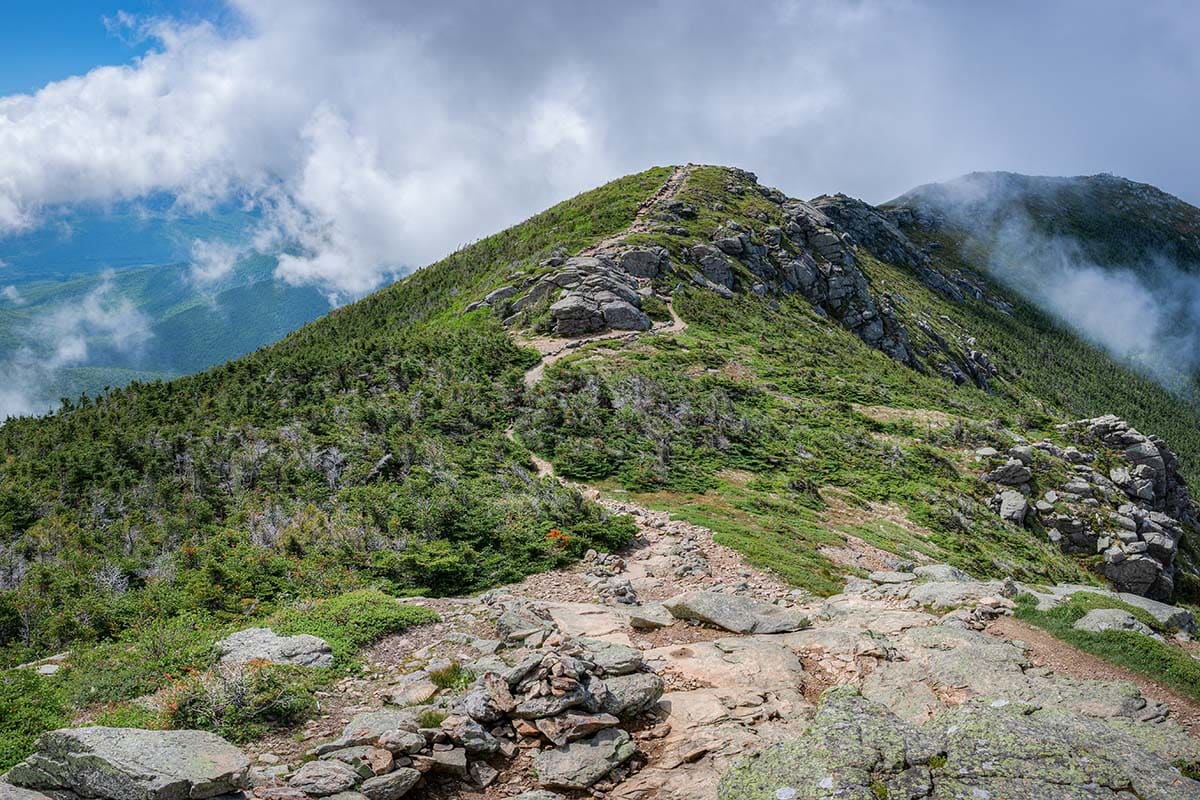
Why you should go: The most beautiful ridgeline in the country, let alone the White Mountains.
- Difficulty: Challenging
- Length: 8.6 miles
- Elevation gain: 3800 feet
If you search for “White Mountain National Forest” chances are you’ll see an image of Franconia Ridge. It is, by far, one of the most iconic ridgelines in the entire country, and for good reason. The trail starting at Bridle Path and Falling Waters is one of the busiest trailheads in the Whites so be prepared to share the trail.
The Franconia Ridge trail is usually done as a loop in a clockwise direction, meaning you summit Mount Liberty first. The trail is grueling and stacked with large granite slabs and boulders. New Hampshire isn’t called the Granite State for nothing. You gain almost 4,000 feet of elevation in just four miles so your quads will be aching. The actual ridge starts at the summit of Mount Liberty and follows the path 1.7 miles to Mount Lincoln and then Little Haystack.
Pro tip: pace yourself and don’t underestimate the weather! This ridgeline is completely exposed and extremely hazardous in adverse weather.
Middle Sugarloaf Trail
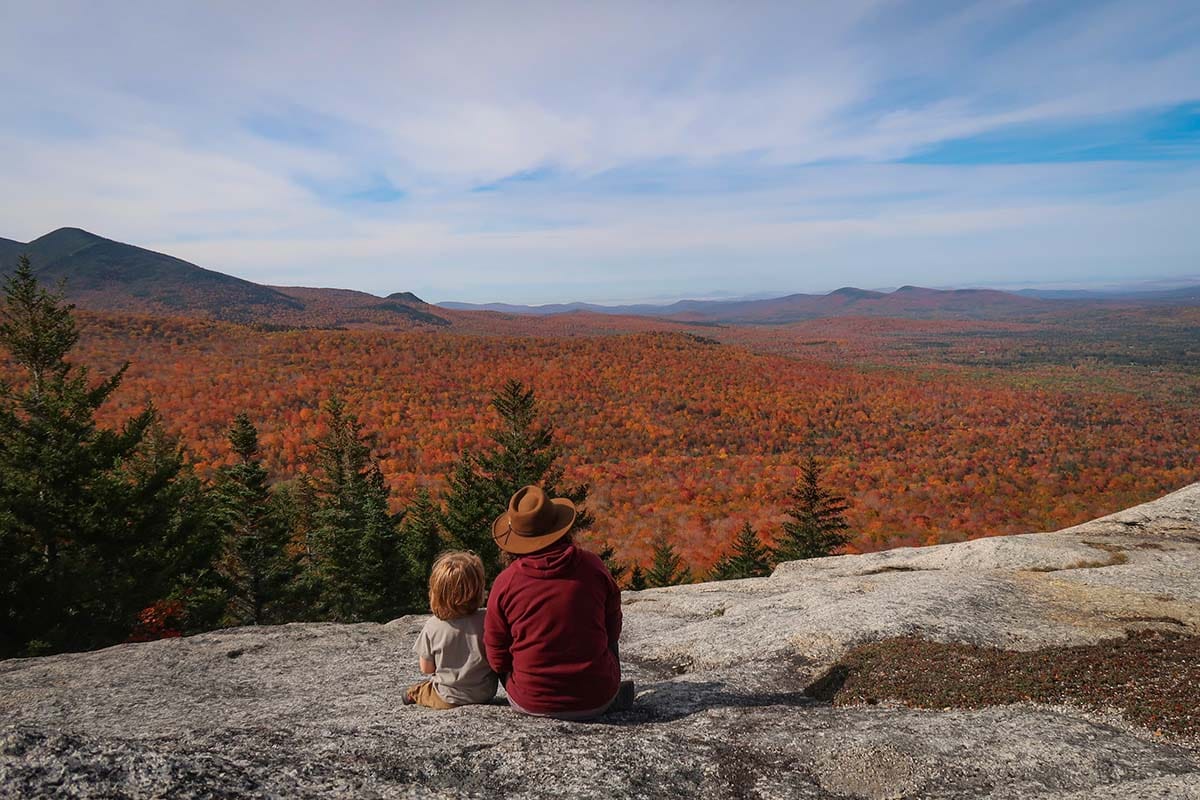
Why you should go: The best fall foliage views.
- Difficulty: Moderate
- Length: 2.5 miles
- Elevation gain: 900 feet
Many hikes in the White Mountains are jaw-droppingly beautiful no matter the time of year. But one of the best “bang for your buck” hikes in the autumn is the trail up Middle Sugarloaf Mountain.
The path up the mountain is gradual and doable for most hikers including small children. It only takes about one and a quarter miles to reach the sweeping summit where you can view endless purple, red, orange, and yellow hues for miles.
Pro tip: go during the week if you can – hardly anyone will be on the trail.
Mount Pierce
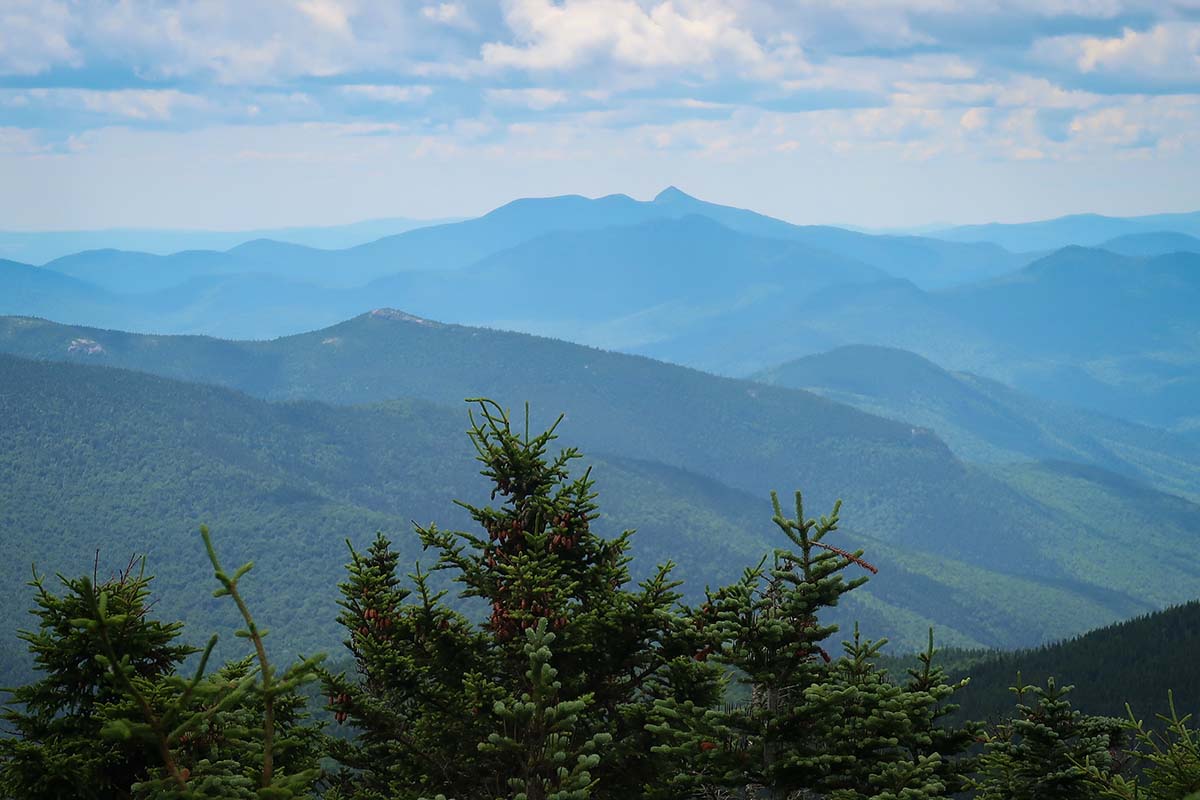
Why you should go: An “easy” four-thousand-footer with astonishing views.
- Difficulty: Moderate
- Length: 6.0 miles
- Elevation gain: 2400 feet
Mount Pierce can be hiked using several different trails, but the most popular is Crawford Path. The trailhead is just across the road from the AMC’s Highland Center. As with most four thousand footers in New Hampshire, the trail is filled with lots of large boulders and exposed roots.
Luckily, the trek up Mount Pierce is only three miles from the start. Once you’re at the alpine zone, views of Mount Washington will be right in front of you. But make the last haul up the mountain to officially reach the summit.
Pro tip: do this in the winter. The trailhead remains the same and there are far fewer crowds on the hike.
The Flume Gorge
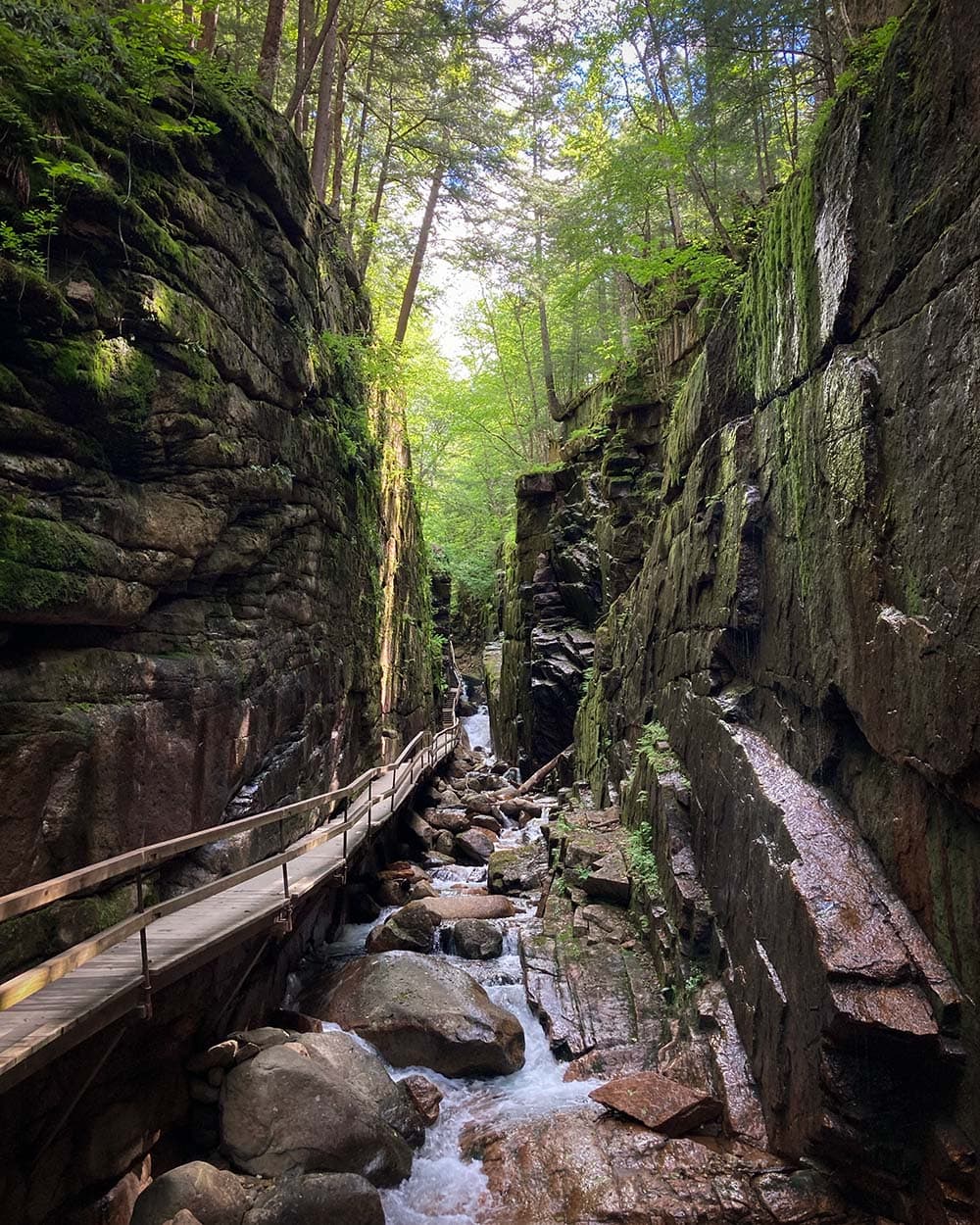
Why you should go: It’s like walking in a fairytale.
- Difficulty: Easy
- Length: 2.0 miles
- Elevation gain: 500 feet
Everyone who’s anyone knows about the Flume Gorge in Franconia Notch State Park. Its narrow gorge and iconic boardwalks make this trail brilliantly memorable. The two-mile trail traverses several natural phenomena including the gorge itself (which is breathtaking), glacial boulders, a natural bridge, and a wolf den (aka a cave you can crawl through). It’s perfect for the entire family and is a great way to experience White Mountain National Forest.
Pro tip: aim for a hike during the week and either first thing when it opens or later in the afternoon. School groups come often for class trips and are usually gone by 2 pm.
Related Read: 10 Best Hikes in the Berkshire Mountains to Get Away From it All
Lonesome Lake
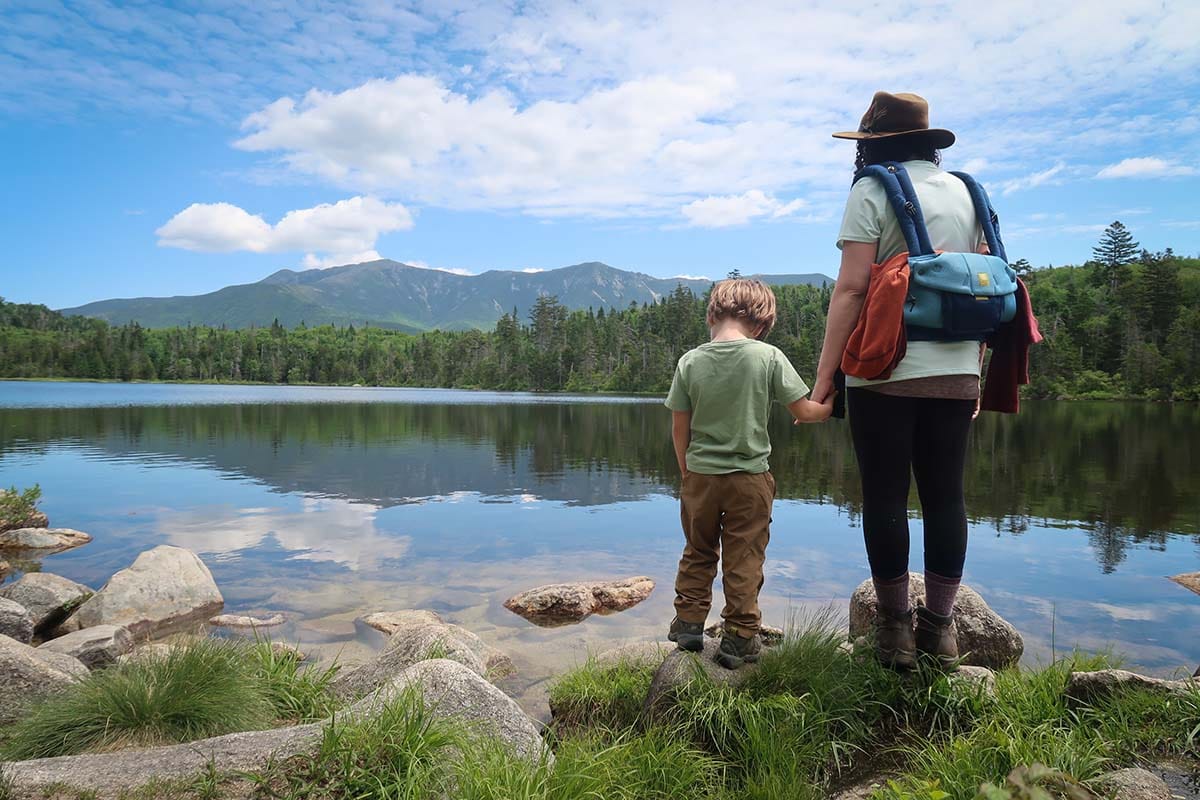
Why you should go: Chocolate cake awaits you at the summit.
- Difficulty: Moderate
- Length: 3.0 miles
- Elevation gain: 1000 feet
Don’t let the minimal mileage fool you — this trail isn’t as easy as it may seem. A thousand feet of elevation gain leaves your legs wobbly and your lungs gasping for air. But the views and the sustenance at the summit are well worth it. The hike ascends gradually with minimal views for almost the entirety of the trip. You’ll meet the eastern side of the lake when you reach the top but make sure to head around to the western side of the lake.
Going clockwise (aka left) will bring you to the AMC Hut the fastest which also means getting to the cake the fastest. That’s right! If you go during the spring, summer, or fall months when the hut systems are open, you can grab some food while you’re there. The Lonesome Lake Hut, as with all other AMC huts, only takes cash so make sure to bring some for the trip. I highly suggest grabbing a coffee or hot cocoa to go along with your cake. After you’ve had your fill of food, head back down to the lake to take in the views of Franconia Ridge to the east.
Sabbaday Falls
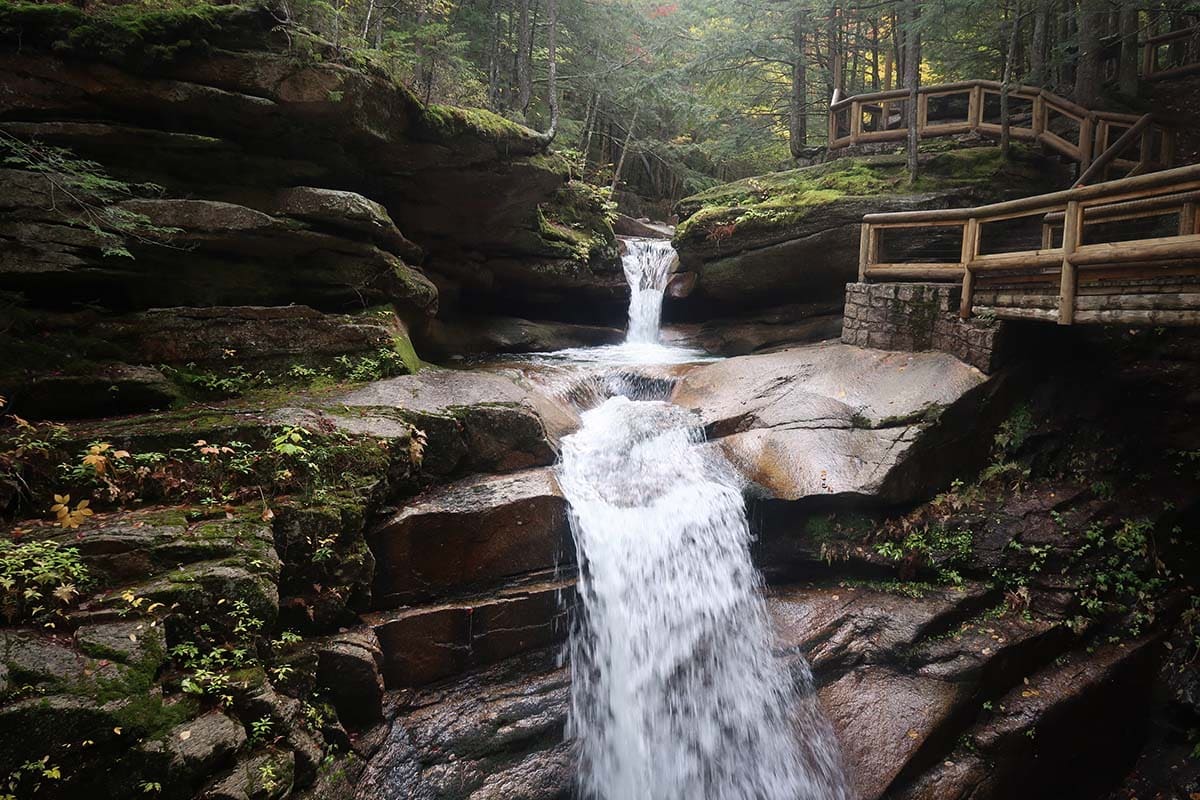
Why you should go: Quick and easy hike to picturesque waterfalls.
- Difficulty: Easy
- Length: 0.7 mile
- Elevation gain: 100 feet
If you are looking for a quick pit stop, look no further than the trail up to Sabbaday Falls. The trailhead is just off the Kancamagus Highway (known as the “Kanc” to the locals) which also means it is very popular. Due to its easy access and short hike, there can be hundreds on this short trail. It’s also a major stop for most tourist/coach buses in the area. Be on the lookout for those in the parking lot and then expect lots of crowds.
But the crowds are worth it when you see how picturesque the falls are. The boardwalk that hugs the granite walls where the cascades descend outlines an Instagram-worthy photo, and the mist from the waterfalls creates an eerie but magical sense in the air.
Related Read: 5 Best Backpacking Trips in Maine for a Wild Adventure
Mount Washington
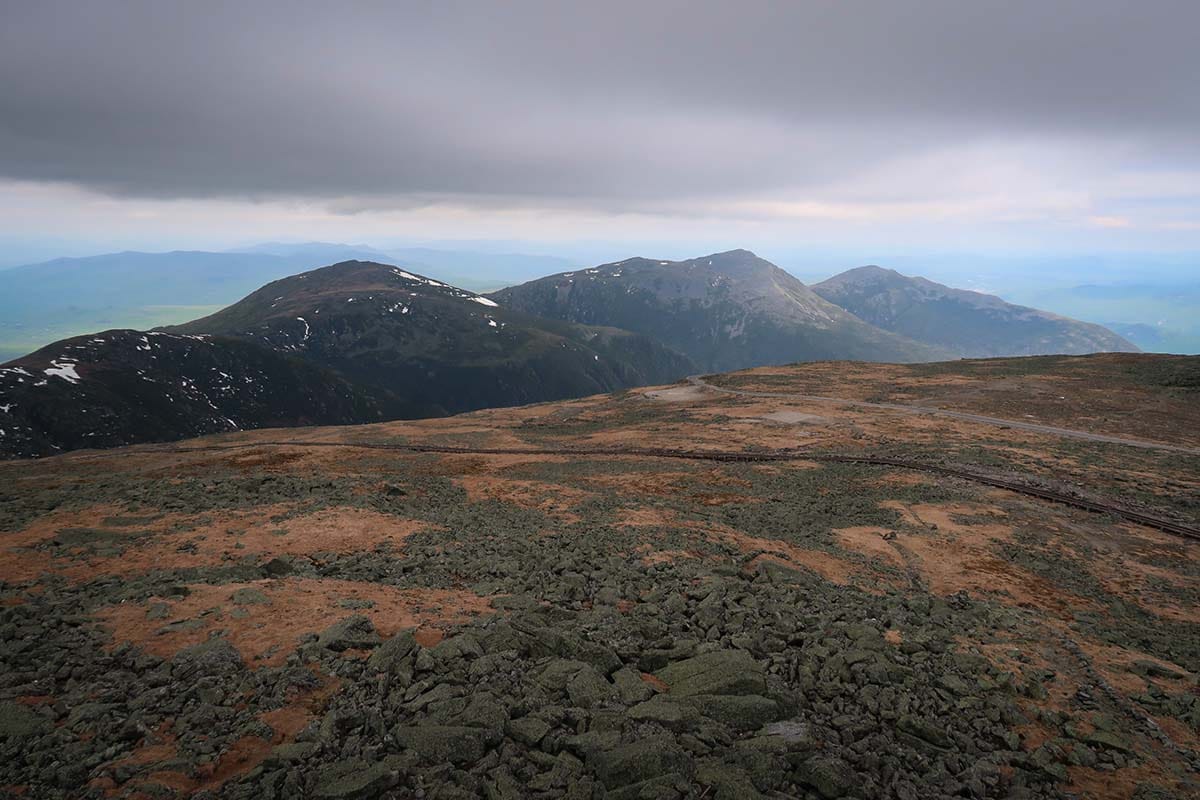
Why you should go: A great place to view the wildflowers in the late spring, or early summer.
- Difficulty: Difficult
- Length: 7.5 – 9.5 miles depending on the route
- Elevation gain: 4300 feet
A list of the best hikes within White Mountain National Forest isn’t complete without checking off the highest summit in the state. Technically, you can drive up to the summit, but there’s nothing like reaching the highest mountain in the northeast with your own two feet. Mount Washington sits at 6,288’ above sea level and has held the title of “World’s Worst Weather” for quite some time. The winds and conditions are much different than at the base so come prepared for winter weather no matter the time of year you hike it.
The most popular way up the mountain is via Tuckerman’s Ravine. It’s one of the shorter trails but incredibly steep and dangerous in the winter (prone to avalanches). An “easier” (I put that in quotes because there is no easy way to get there) is via the Jewell Trail. For the most unique mode of transportation to get up to the summit, take the Cog Railway and enjoy the views.
Lakes of the Clouds
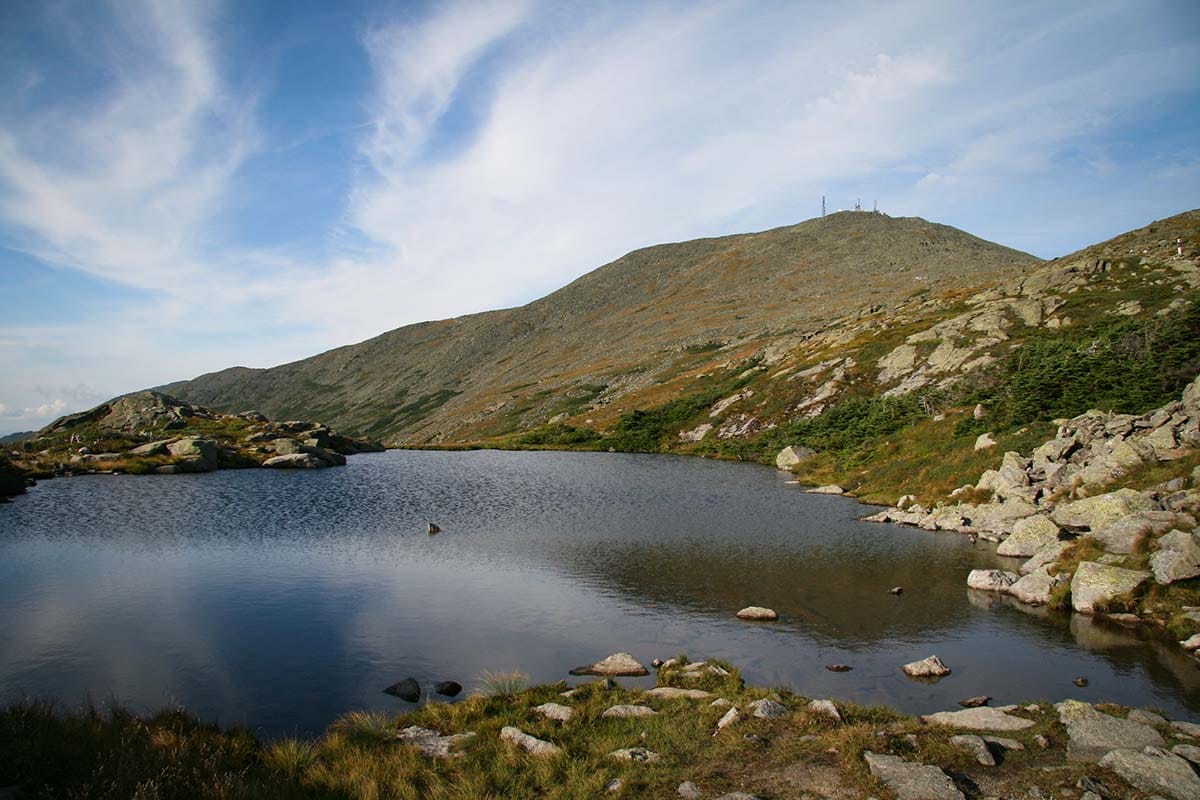
Why you should go: There are two alpine lakes with views for days.
- Difficulty: Challenging
- Length: 4.5 miles
- Elevation gain: 2400 feet
When you reach the Lakes of the Clouds, you’ll understand how they got their name. They are often shrouded in fog and clouds (as are many of the summits across the region), but you might get lucky and see them on a clear day.
The lakes sit between Mount Monroe and Mount Washington. If you are trekking up to Mount Washington via the Jewell Trail, you’ll walk by a hut where you can take a break before you make the final stage to the summit.
Pro tip: have lunch at the Lakes of the Clouds hut. Soups and sandwiches can be purchased during operating hours.
Diana’s Baths
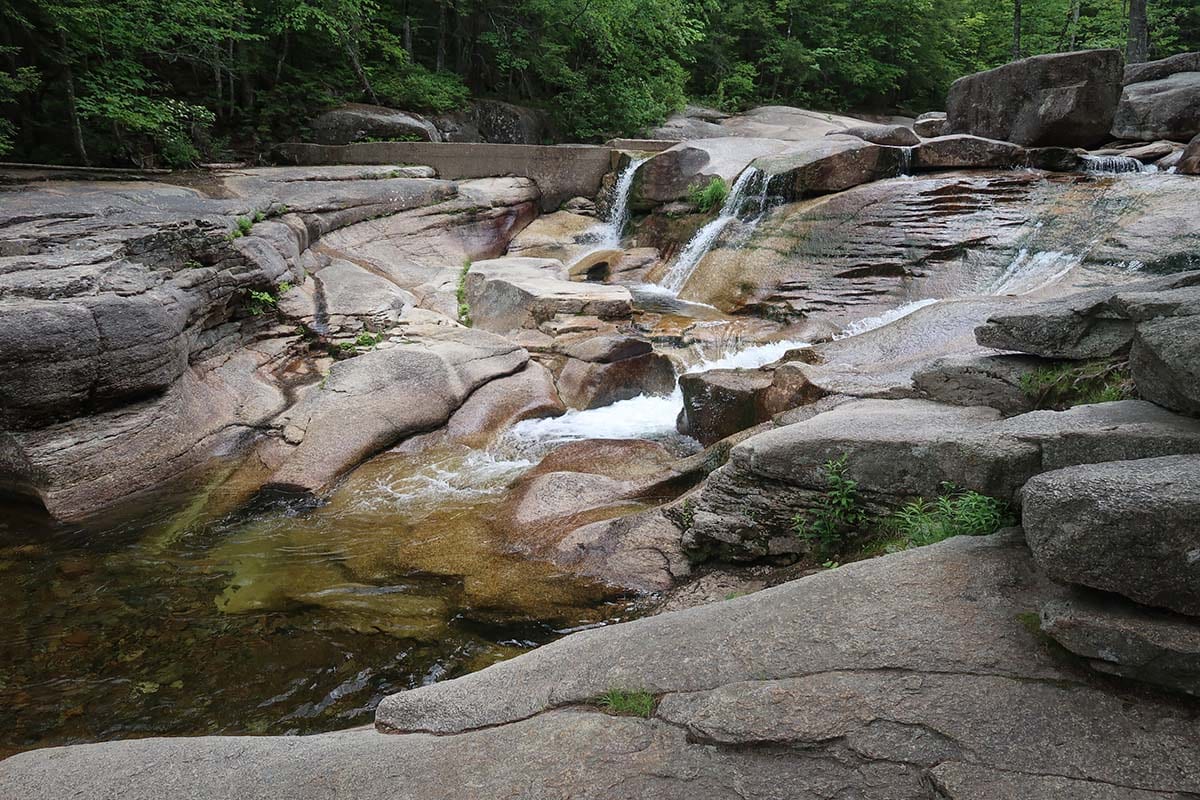
Why you should go: Natural waterslides galore.
- Difficulty: Easy
- Length: 1.5 miles
- Elevation gain: 120 feet
One of the best places to cool off during the humid months is along Lucy Brook, home to Diana’s Baths. The natural pools are named after the Roman goddess of the hunt, the moon, and nature due to its beautiful setting. It was once home to George Lucy’s water wheel-powered sawmill back in the mid-1800s.
He even built a 12-room boarding house a few decades later so tourists could come and stay there. All the buildings and their remnants have been removed and now only leave the cascading waterfalls. You are welcome to swim in the river and wade in the pools but the water is very cold!
Pro tip: watch the weather from the days prior as high water levels can make this area very dangerous.
Welch-Dickey Loop
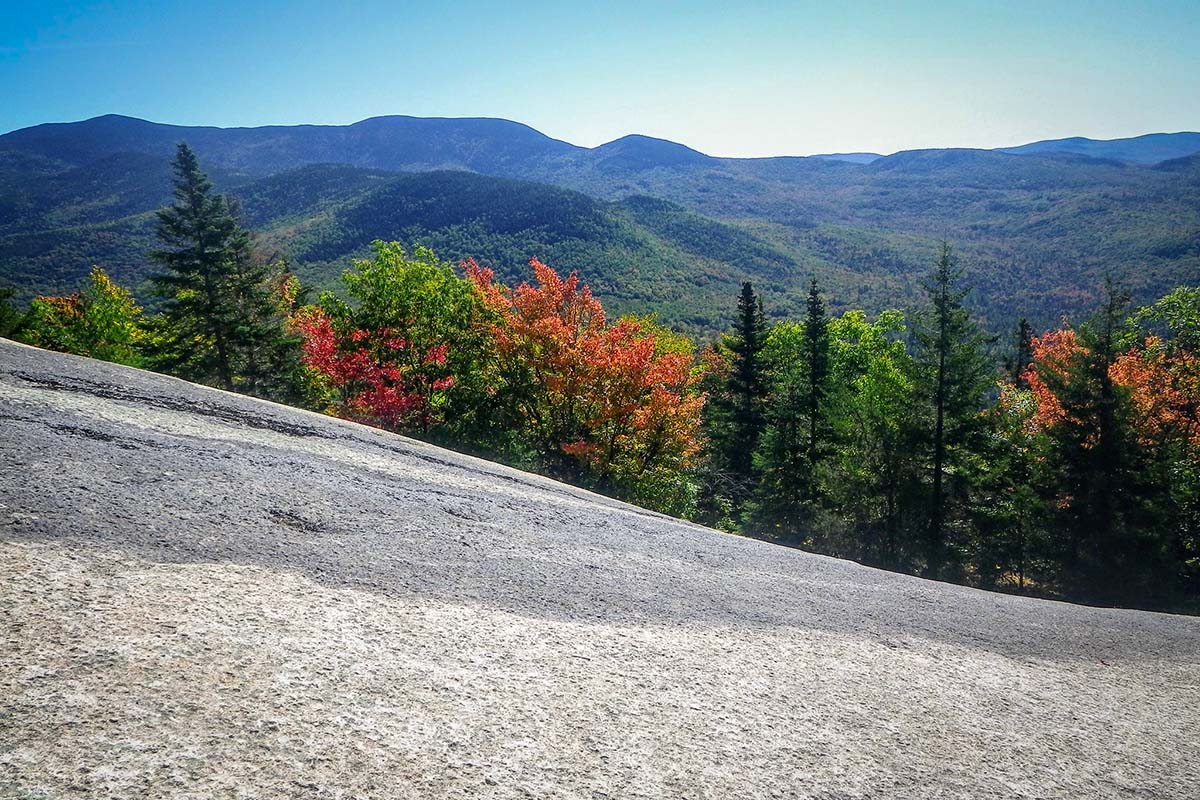
Why you should go: The perfect sunset hike.
- Difficulty: Challenging
- Length: 4.5 miles
- Elevation gain: 1800 feet
If you aren’t much of a morning person, I suggest heading to the Welch-Dickey loop to take in a sunset hike. Most of the views are south and west facing, making it an ideal location to view the spectacle. If you head counterclockwise, the views going down from Dickey are unlike anything else you’ll experience, so be sure to do so.
The views from Welch to Dickey are incredible but watch your step as there are several drop-offs along the way. Don’t forget to bring adequate lighting if you’re doing this as a sunset hike.
Mount Willard
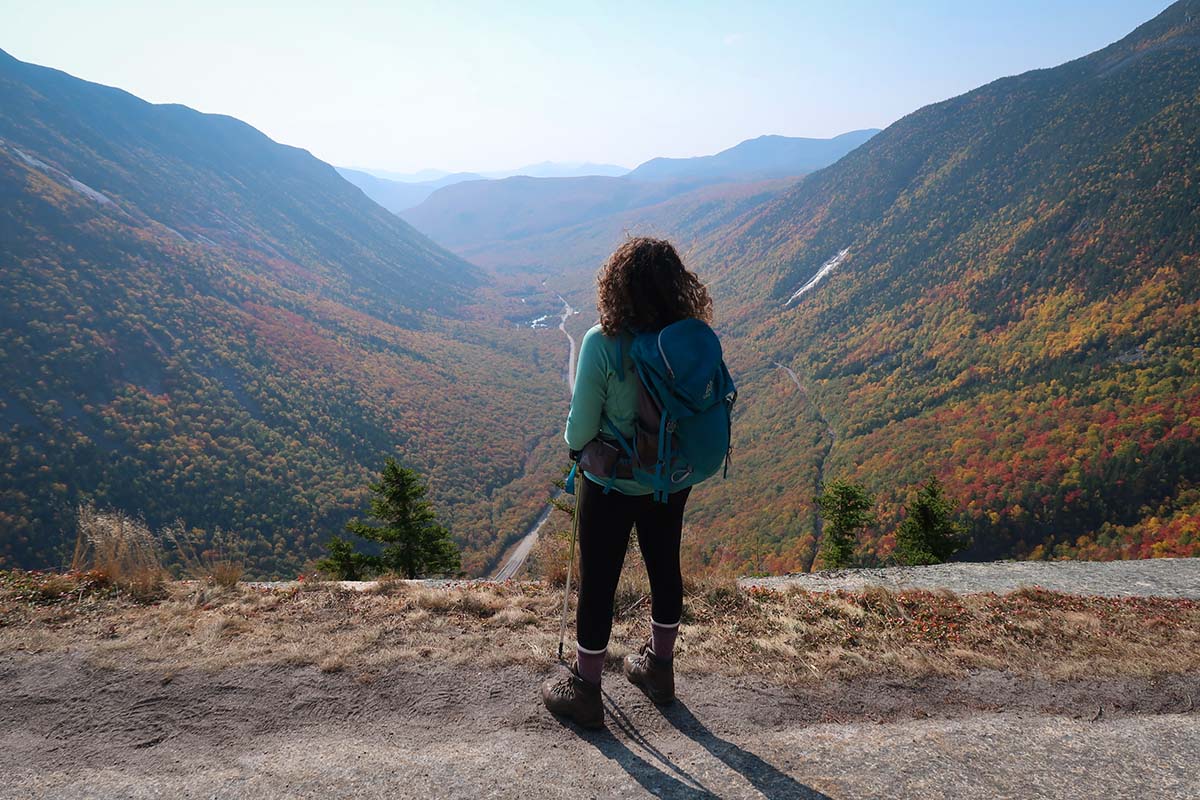
Why you should go: The place for a fall foliage hike.
- Difficulty: Moderate
- Length: 3.0 mile
- Elevation gain: 900 feet
The hike up Mount Willard isn’t anything to talk about and is quite easy even for novice hikers. But once you reach the summit, the views open up along the valley of Crawford Notch State Park and it will leave you breathless.
The road that traverses the valley makes for the perfect contrast to the sea of forest that blankets the surrounding mountains. The summit has some large granite slabs, so although this is a popular hike, you may be able to find some seclusion.
Explore More in New Hampshire
Get epic travel ideas delivered to your inbox with Weekend Wanderer, our newsletter inspiring thousands of readers every week.
Seen in: Hikes, New England, New Hampshire, Northeast

